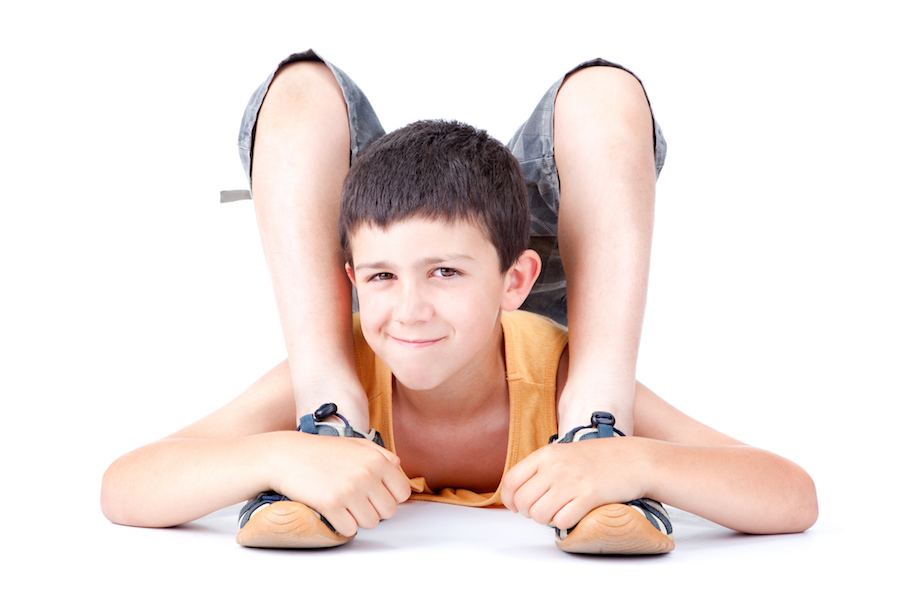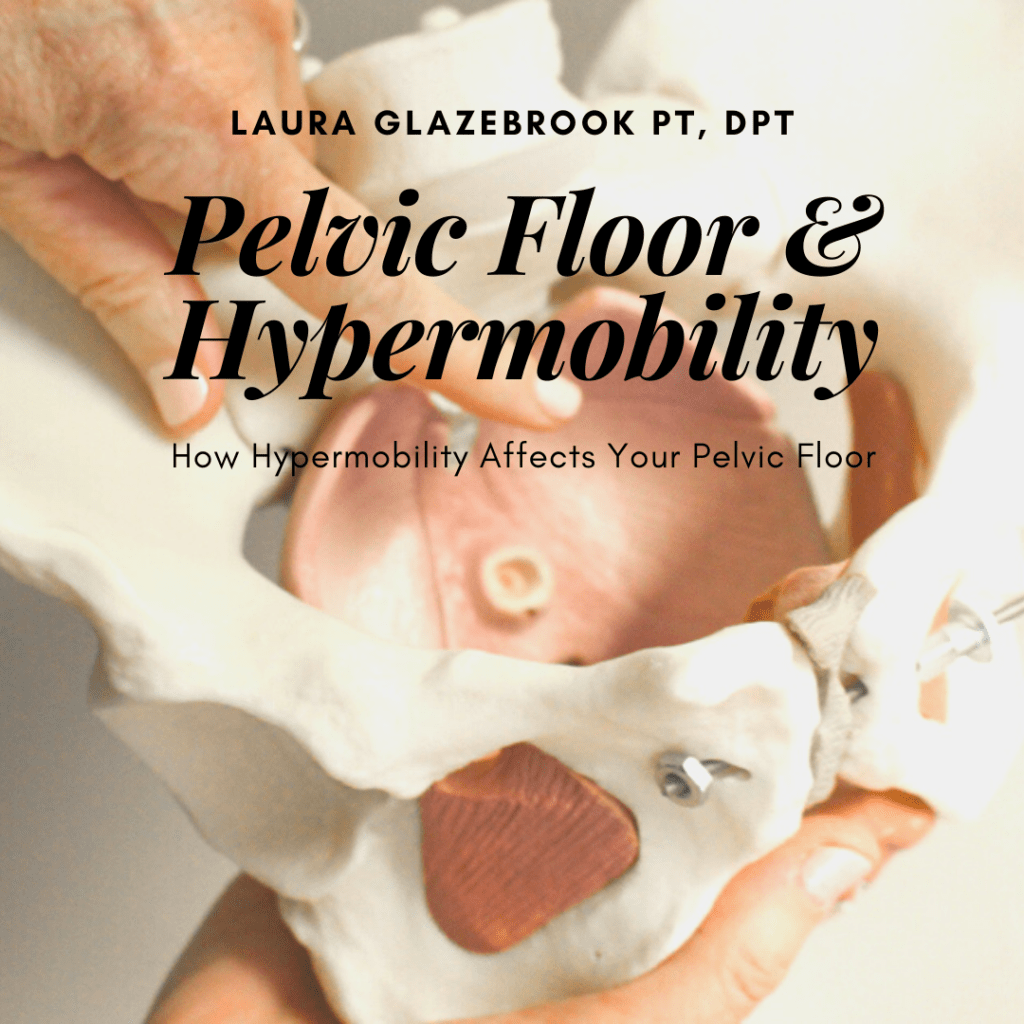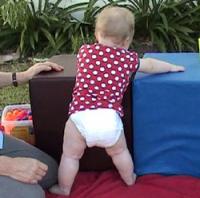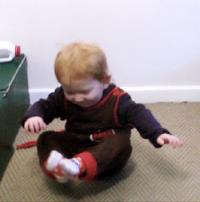hypermobility in babies arms
In many cases the joints become stiffer with age although joint hypermobility and its associated symptoms can continue into adult life. The most prevalent is Joint Hypermobility Syndrome also known as Hypermobility Spectrum Disorder HSD which used to be considered by many specialists to be on the same spectrum as hypermobile Ehlers-Danlos syndrome hEDS.

What You Should Know If Your Child Is Double Jointed Orlando Health Arnold Palmer Hospital For Children
Having a bendy spine ankle and hip joint allows them to create aesthetic poses.

. It occurs when collagen levels in tendons and ligaments are altered making the fibers thinner and less stiff. The Beighton hypermobility score is a 9-point scoring system based on little fingers thumbs elbows knees and trunk. The usual tightness of the hip and knee muscles is absent and the the hips and knees can be fully extended.
It is sometimes referred to as being double jointed and is quite common about 1 in 10 people are hypermobile. Athletes benefit from hypermobility to a point. Does she roll over.
This happens when the connective tissue which makes up the joint structures capsule and. Its typically referred to as being double jointed. Is she able to bear weight on her legs when held under her arms.
Hypermobility joint syndrome HJS means your joints are looser than normal. However theres no competitive advantage of increasing the flexibility of your elbow knee and wrist. According to ds1s physio the real harm of the w-position is caused where a childs hypermobilitylow tone is neurological ie the brain reacts too slowly to damaging over-stretching of muscles and ligaments that would not otherwise be naturally that stretchy.
The laxity in the joints and muscles means that it requires more effort to lift up the arms to reach for toys and kick the legs. Joint hypermobility is thought to be very common particularly in children and young people. Infant hypermobility is a common asymptomatic condition in children under the age of 5 that causes joints to move outside their normal limits.
It is a common joint or muscle problem in children and. Ball on a Wall Stand with a good posture and your hand resting on a ball on a wall. It occurs on average in 30 of the child population being more common in girls than in boys in a ratio of 3 to 1.
This can be very common in children 10-15 and usually decreases with age. Lie with your stomach with your arms out to the sides as shown. But when hypermobility causes pain it could point towards joint.
The ability of a joint to move beyond its normal range of motion is joint hypermobility. Newborn hypermobile and pre-term babies lie with their legs and arms more extended and flat on the cot mattress. When this score is equal to or greater than 5 with a maximum possible being 9 then the connective tissues of the body including the ligaments that help the muscles and their tendons stabilize.
Infants that are hypermobile have low tone frequently bottom shuffle and skip the crawling stage. Return to the start. Dancers tend to show hypermobility at several joints according to 2016 review in Sports Medicine.
Hypermobility in baby. It is used to assess hypermobility using a standard set of movements of thumb and wrist fifth finger elbows back and knees. The slight tightness stiffness in the muscles of the hips and knees helps the newborn infant to lift the arms and legs up when kicking and reaching.
This is completely normal and is an in-built protective mechanism to keep your baby safe. The term benign hypermobility joint syndrome BHJS is a common source of joint or muscle complaints that often cause concern for parents children and school personnel. These are a combination of the Beighton hypermobility score and the child or young persons symptoms.
Your baby will need to spend much more time in arms than you expect and during the first 12 weeks dont expect your baby to settle out of arms very much at all. It is not unusual to have a few hypermobile joints. It is extremely common in children having being reported in 25 to 50 of those younger than 10 years of age.
Benign hypermobility describes a child that has several joints that are more flexible than usual. In most people this causes no problems and does not require treatment. Some babies will be super flexible their joints and muscles are developing and this can mean they flex.
It is generally considered the least severe form of Ehlers-Danlos syndrome EDS although significant complications can occur. Bend a little finger back more than 90 degrees. Bend a thumb backwards to touch your forearm.
This happens when the connective tissue which makes up the joint structures capsule and ligaments is more compliant more easily stretched than usual. As a mum with hypermobility I found it difficult especially at baby groups as I wouldnt be able to get on the floor and play with her and carrying her car seat to and from the car would cause a lot of pain in my arm. Some estimates suggest that around one in every five people in the UK may have hypermobile joints.
It affects 7 10 of school age children in the UK. Joint hypermobility in babies and children is even more common and usually causes no problems. However in some people hypermobile joints can cause joint pain and result in higher rates of.
As a result they do not acquire the arm strength that is required for going up on all fours and crawling correctly. Benign Hypermobility Syndrome affects perhaps 5 of the population and is diagnosed when joint hypermobility is present on a simple joint flexibility score called the Beighton Score. 4 points hypermobility likely.
4 answers Last post. Hypermobile Ehlers-Danlos syndrome is an inherited connective tissue disorder that is caused by defects in a protein called collagen. The older you are the less likely it is you will be hypermobile.
Slowly roll it in circles and make them bigger and bigger while keeping a good posture. 4 points and pain in 4 or more joints for at least 3 months joint hypermobility syndrome likely. Draw your shoulder blades together and lift your shoulders and arms off the floor slightly.
The usual tightness of the hip and knee muscles is absent and the the hips and knees can be fully extended. When you have joint hypermobility it means your joints are more flexible than in other people. Newborn hypermobile and pre-term infants lie with their legs and arms more extended and flat on the cot mattress.
While standing put hands flat on floor while knees stay straight. Generalised joint hypermobility is quite a common occurrence - in fact it is just a normal. And will she sit unsupported and reach in front and to the sides for toys.
When hypermobile newborns lift up on their arms their elbows lock into hyperextension causing them to become immobile. Ds1 does also have low muscle tone. The term generalised joint hypermobility GJH is used when a child has several joints that are more flexible than usual.
Hypermobility refers to an increased range of movement in multiple joints for their age. 05042019 at 814 pm.

Hypermobility Syndrome Explaining The Invisible Illness

How Hypermobility And Low Muscle Tone Affect Your Baby S Development Skills For Action

How Hypermobility And Low Muscle Tone Affect Your Baby S Development Skills For Action

How Hypermobility And Low Muscle Tone Affect Your Infant S Development Low Muscle Tone Pediatric Physical Therapy Baby Development

Joint Hypermobility In Children Inspired Gymnastics Ltd

Down Syndrome Or Trisomy 21 Therapies For Kids

How To Recognise Joint Hypermobility In Your Child My Strong Little Body

The Pelvic Floor Hypermobility One On One Physical Therapy

Hypotonia Why Milestones Are Harder For My Third Baby Cando Kiddo Hypotonia Hypotonia Baby Baby Workout

How Hypermobility And Low Muscle Tone Affect Your Baby S Development Skills For Action

Double Jointed Baby Arms Hypermobility Youtube
Hypermobility Reaching The Top Of The Hill

How Hypermobility And Low Muscle Tone Affect Your Baby S Development Skills For Action

Joint Hypermobility And Benign Joint Hypermobility Syndrome Move And Play Paediatric Therapy

Hypermobility Syndrome Therapies For Kids

Hyper Mobility And Low Muscles Tone In Infants Low Muscle Tone Muscle Tone Pediatric Physical Therapy Activities

How Hypermobility And Low Muscle Tone Affect Your Baby S Development Skills For Action

How Hypermobility And Low Muscle Tone Affect Your Baby S Development Skills For Action
